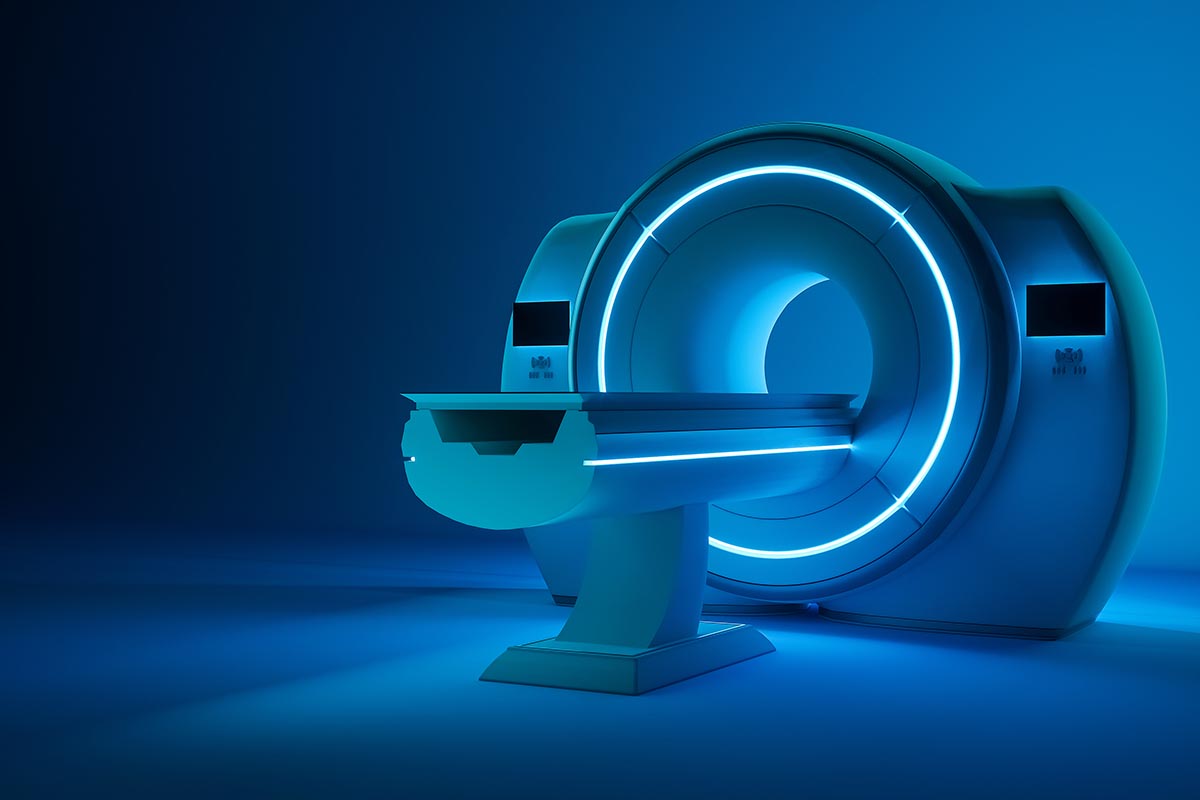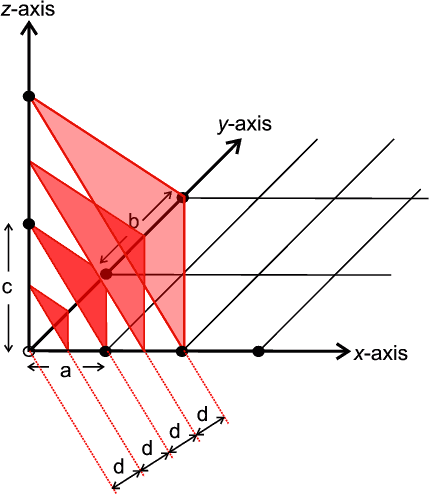What are the Applications of an X-ray Diffractometer?
Whether your previous experience working in a laboratory was in high school or your chosen career sees you working daily in high-tech research labs, it’s not difficult to see how it can be an exciting experience. It’s an environment of discovery, a sandbox in which you can learn hands-on about how the world around you functions.
While in some cases, it’s simply a process of observation and theoretical discussion, and practical science can indeed be done with very minimal equipment, scientific work both in and outside of the laboratory often includes the use of highly specialized technology and instruments.
This is especially true when talking about cutting-edge science, understanding, and industry – it’s here that the resources allow for and demand the investment to produce the best and most efficient science possible.
Within this category of tech falls X-ray Diffractometers. These machines work at the smallest scales to perform a number of important functions that benefit both the science and research community at large, but also everyday consumers and the products that they buy daily. Read on to find out more about some of the most impactful functions.
Molecular Identification
One of the most important and potentially main functions of X-ray Diffractometers is molecular identification – using X-rays to analyze a sample and determine its molecular structure.
This process has many critical applications and has led to important breakthroughs in many areas of understanding, such as the processes for exactly how molecules bond together in compounds and alloys, as well as the properties of molecular binding in a comprehensive range of everyday materials, including silks, fibers, rubber, and hair.
Being able to obtain the data required to produce better materials accurately benefits everyone, from manufacturers and researchers to consumers. These processes are also used to identify new molecules or minerals, pushing the boundaries of knowledge further.
Particle Size Determination
Another area in which X-ray Diffractometers can be used to significantly affect is determining the size of particles in a sample product. While it might not be entirely obvious, particle size plays a vital role in many products, particularly those used in the construction industry, such as cement, and cosmetic settings, with beauty and self-care products.
A critical aspect of both cement and makeup that impacts the final results for the consumer is the texture. In concrete, whether the mixture is coarse or fine comes down to the size of the sand particles, while the finish and ‘feel’ of makeup can differ if the particulate in the powder is nanometers indifferent.
X-ray diffractometers, such as those found at sites like malvernpanalytical.com, can be used to measure at these tiny scales, providing advanced accuracy and efficiency.
Purity and Quality Control
While consumers are aware that products go through quality control protocols, it’s likely unknown that X-ray diffractometers and other highly advanced machinery play a vital role in its success. Such are the standards of manufacturers and consumers in the modern age, and quality controls require measurements down to the nanometer.
The quality control process is testing for purity, especially in cosmetic products. For purity to be determined, it’s a case of identifying molecules that shouldn’t exist in the development, which requires the precision and insight offered by X-ray Diffractometers.




















